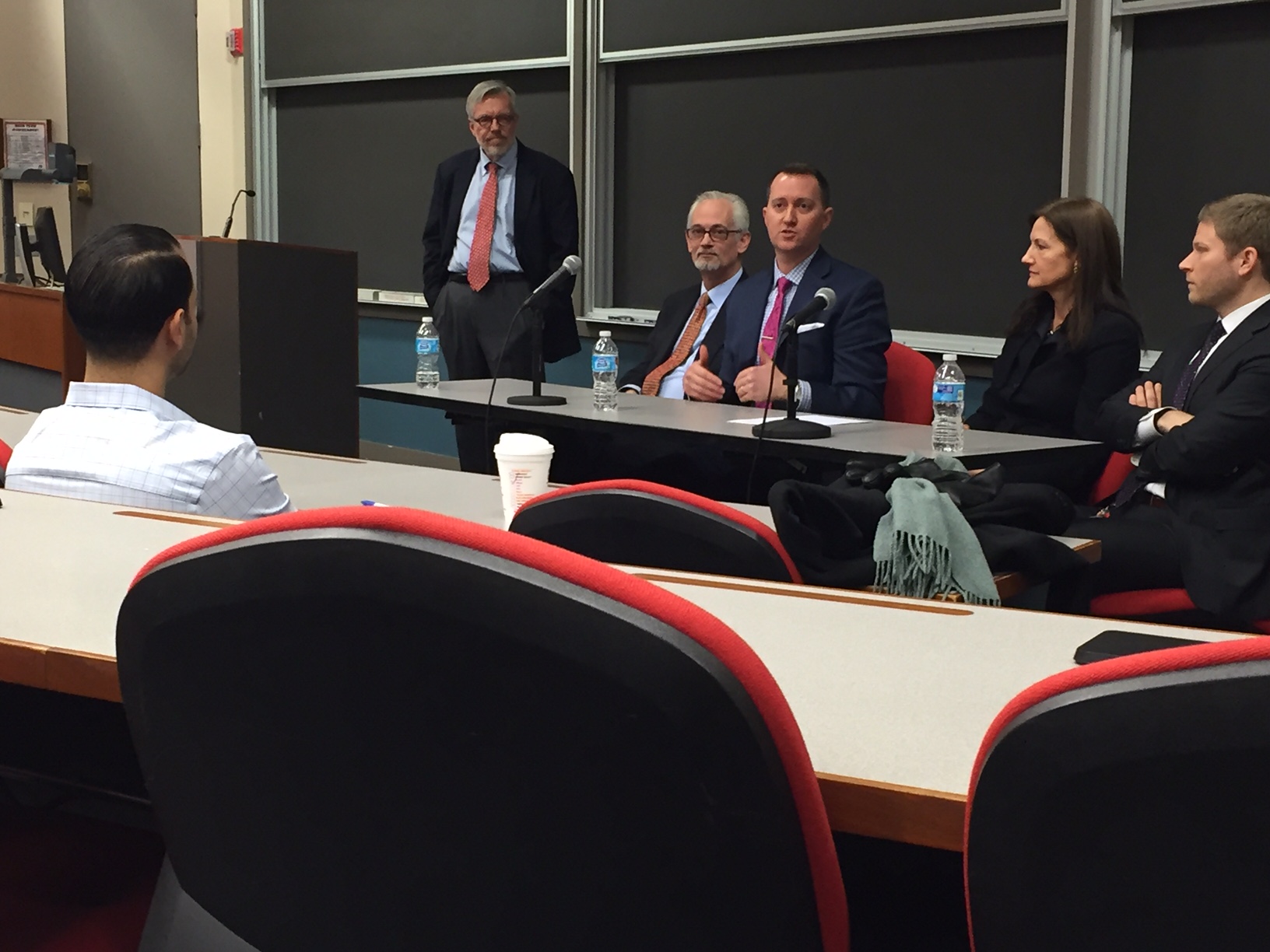
A recent study found that Chicago has the longest commute times nationwide, with the average commute taking 34.2 minutes. This makes Chicago the worst commute in the country; beating out cities like New York, San Francisco and Miami. Even with the popularity of the ‘L’ and Metra trains here in Chicago, it is estimated nationwide, 86% of American workers commute by vehicle, and of those drivers, more than 75% drive alone.
With that much time spent commuting, car wrecks are inevitable. In fact, records obtained by the Chicago Tribune in 2013 show that 782 car wrecks occur in our state every day. If you find yourself involved in one of these wrecks, there are certain steps you should take to protect yourself.
First, make sure that everyone involved is in a safe location after accident. Many times, another collision can occur if vehicles are still in roadway, or even on the shoulder. Get medical attention if you are injured. Get the names and contact information of all drivers involved, and any people who may have pulled over as witnesses. Often, these people can be invaluable if the at-fault driver later claims it was not their fault.
Second, if there is damage to any vehicle, snap a few pictures. Also, if there was ice on the road, or an obstruction in the roadway, and you can safely get photos of those, do! Remember, it may be months or even years before this case gets settled or goes to trial. Memories fade but photographs are forever.
Finally, as soon as you are able, write down a recap of the wreck, including the time, the weather conditions, the vehicles involved, anything that was said, anything you noticed, if the at-fault driver seemed distracted, or tired, etc. This information can become helpful to your attorney later if they need to litigate your case.
If you find yourself involved in one of the nearly 800 car wrecks that happen in Illinois each day, and you have questions about your claim, one of our attorneys would be happy to assist you.



